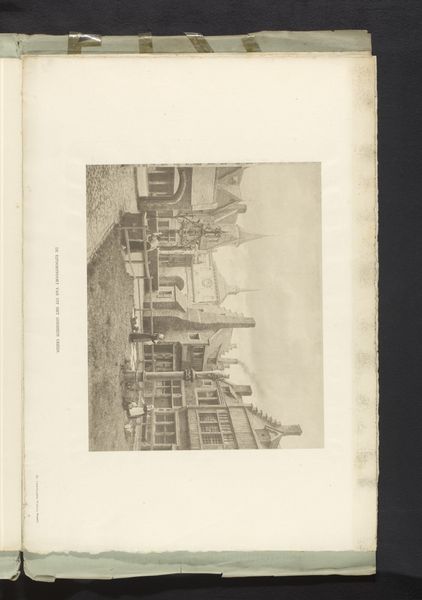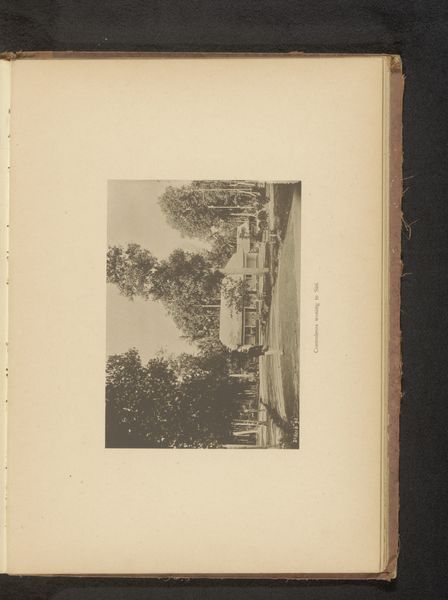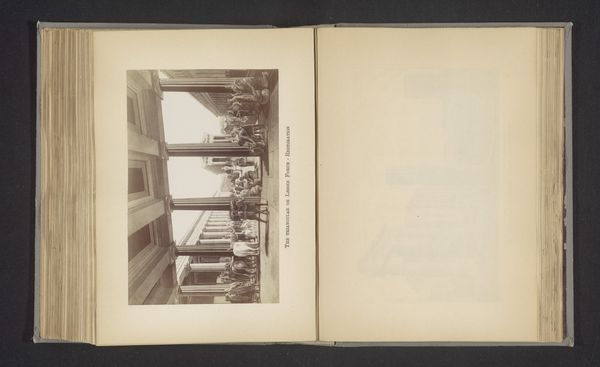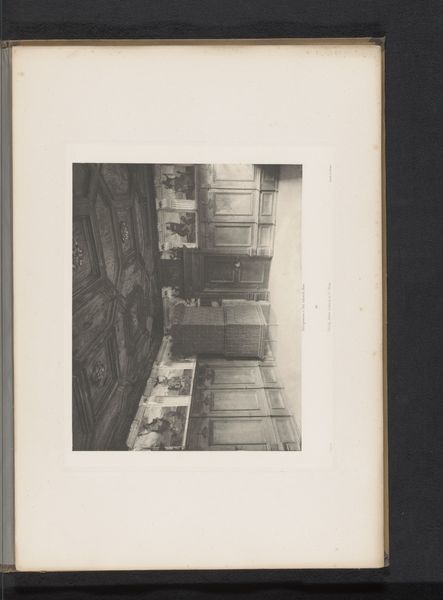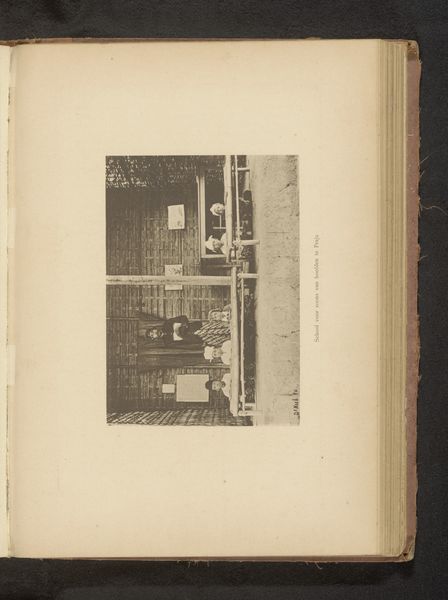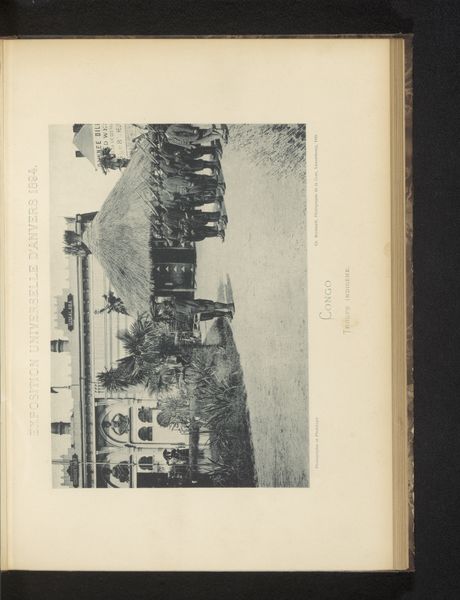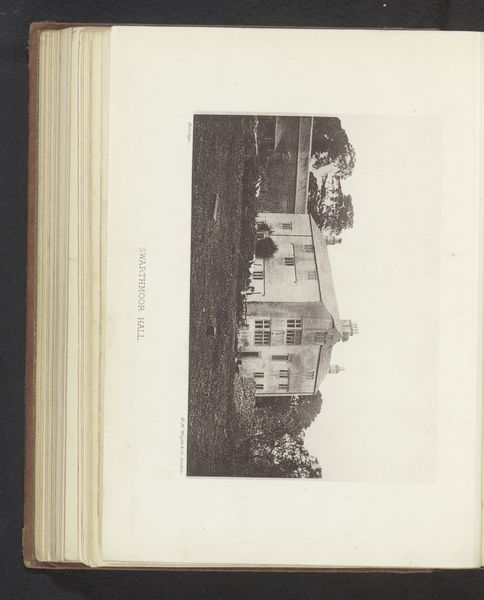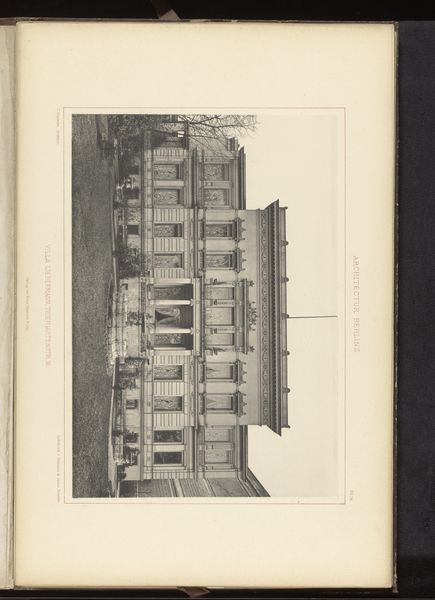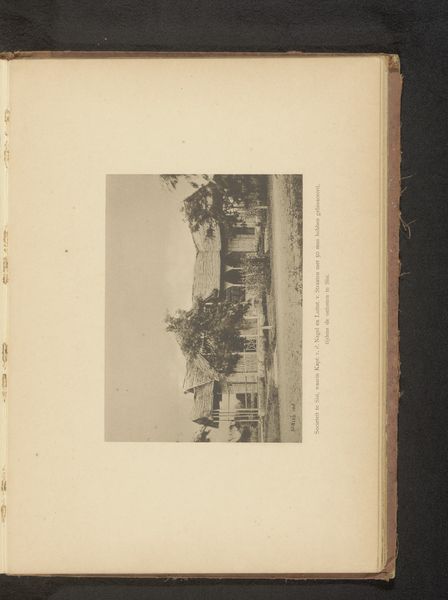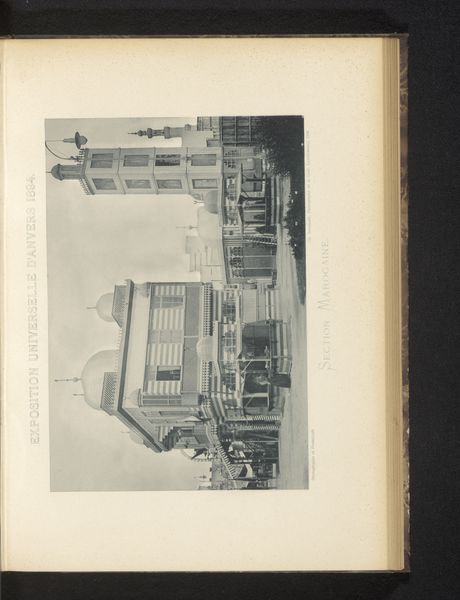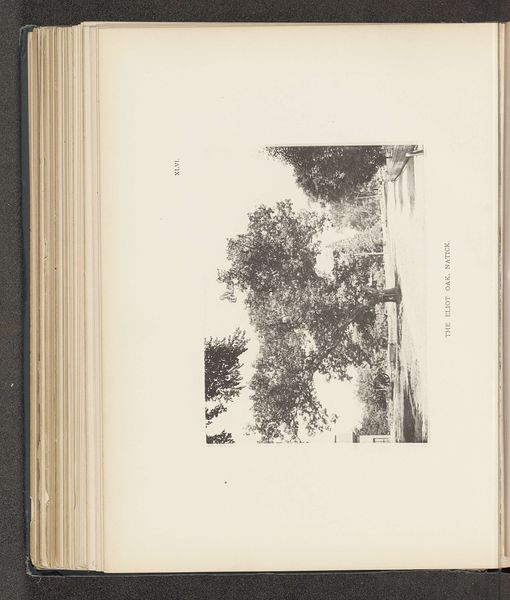
Gezicht op het hoofdkwartier van de methodistische bisschoppelijke kerk in Chautauqau, New York before 1889
0:00
0:00
print, photography
# print
#
landscape
#
photography
#
cityscape
#
realism
Dimensions: height 95 mm, width 159 mm
Copyright: Rijks Museum: Open Domain
Editor: So, here we have "Gezicht op het hoofdkwartier van de methodistische bisschoppelijke kerk in Chautauqau, New York," a photograph by Ch. Ehrmann, dating from before 1889. It feels quite serene, almost staged, even with the foliage partially obscuring the building. How do you interpret this work? Curator: The image offers us a window into the evolving relationship between religious institutions and their public image in the late 19th century. The Chautauqua Institution itself, founded in 1874, represented a distinct effort to promote education and culture within a specifically Methodist framework. What purpose do you think a photograph like this served? Editor: Possibly to publicize the Institution's headquarters? To present an image of stability and respectability? Curator: Exactly! This image provided visual affirmation of the Methodist Episcopal Church’s presence and influence within a rapidly changing American society. It connects to the broader historical context of religious institutions seeking to establish authority and relevance. Notice how the architectural style conveys permanence while integrating with the landscape, seemingly offering a spiritual retreat. Editor: I see what you mean. It’s interesting how a single image can reflect so many layers of institutional aspiration and societal values. Curator: And the choice of photography, still relatively novel at the time, speaks to a desire for broad dissemination. It suggests an understanding of the medium's persuasive potential in shaping public perception of the Church. This image invites questions regarding the public role of religious organizations, and how visual representations contribute to building trust and authority. Editor: Thinking about it in this way has completely transformed my understanding. I had viewed it just as a photograph, but now I understand its context and motivations. Curator: Precisely. Recognizing art as being influenced by larger social and political contexts is critical.
Comments
No comments
Be the first to comment and join the conversation on the ultimate creative platform.
